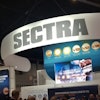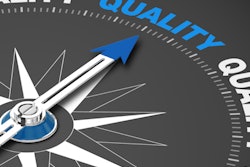Dear AuntMinnieEurope Member,
The start of a brand new decade is the perfect time to be positive and constructive, to start afresh, and to adopt better working methods and practices. No doubt anybody involved in MRI will hope such an approach is taken to safety issues during 2020 and beyond, following a year in which accidents dominated the news agenda, particularly in Sweden.
The Maverinck has been closely involved in MRI since the 1970s, and safety is one of his favorite topics. Find out more in his latest column, or go to the MRI Community.
It's fair to say that most radiologists haven't been active participants in Instagram to date, but more of them now appear to be waking up to the potential advantages of the platform. A Spanish group has revealed how to use Instagram more effectively and gave some practical tips and pointers.
When it comes to structured reports, clinicians tend to benefit from the increased standardization of language in terms of readability, comparability, and comprehensibility. That's the key conclusion of a Swiss team who evaluated more than 1.3 million radiology reports.
Meanwhile, advanced MRI techniques are enabling radiologists to properly detect and characterize musculoskeletal soft-tissue lesions with high accuracy, according to researchers from Jaén, Spain. The authors collected a prestigious magna cum laude award for their efforts, and they have kindly agreed to share three clinical figures with the readers of AuntMinnieEurope.com.
One of the most remarkable historic finds of the 20th century was the discovery of the undisturbed tomb of the boy pharaoh Tutankhamun. But did you know that a radiologist was one of the people who apparently died as a result of the curse put on them by the mummy? Don't miss our history column. And in a second article, you can learn about the mummies of Greenland.



















